From the Field: 2014-15 Uganda Malaria Indicator Survey (UMIS) Team

From left to right: Patrick, Aziza, Irene N., Doreen, Persis, Irene B. with Uganda Bureau of Statistics (UBOS) survey vehicle
During fieldwork for a household survey, survey teams visit households that are selected to represent an entire country. Respondents to the survey are as diverse as the country and live within mountains, valleys, deep in forests, and busy urban centers. These respondents allow survey teams into their homes to answer questions about themselves, their families, and their lives. While I consider myself lucky to have the opportunity to meet and talk to so many people during survey fieldwork, there are certainly many challenges.
For the fieldwork phase of the 2014-15 Uganda Malaria Indicator Survey (UMIS), I spent a day with Patrick, Aziza, Irene N., Doreen, and Persis as they conducted interviews and tested children under 5 for anemia and malaria. Despite the challenges and even some homesickness, the team worked hard to collect data important to Uganda while enjoying the chance to travel throughout their country, make friends, treat children for malaria, and engage with different communities.
 Patrick, Lab Technician
Patrick, Lab Technician
“When you test a person’s child and actually find he has malaria, at the end of the day you give them treatment and the guardians are usually grateful. You feel like you’ve helped out.”
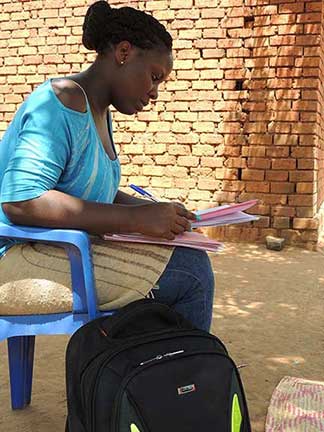 Aziza, Interviewer
Aziza, Interviewer
“It has been hectic. It hasn’t been easy. But at the end of the day we get data, even when you are very tired!”
“I’ve gotten the chance to educate women in the village… This is a way we connect with people in the village.”
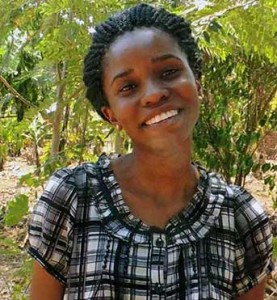 Irene N., Interviewer
Irene N., Interviewer
“Most times, we wake up at 6 so we can be on the road by 7 after breakfast. Then, we get in the field by 8, so each interviewer does 5 to 7 households and then test about 16 children in a day.”
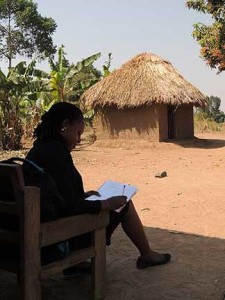 Doreen, Nurse/Interviewer
Doreen, Nurse/Interviewer
“We realized that malaria is still a major problem. People are suffering. Young children under five are really suffering from malaria and also anemia.”
“It has actually given us an opportunity to appreciate and learn more about our communities, because you would not have ever imagined that malaria really exists and is killing so many people until you are there, testing and seeing positive rapid diagnostic tests (RDTs).”
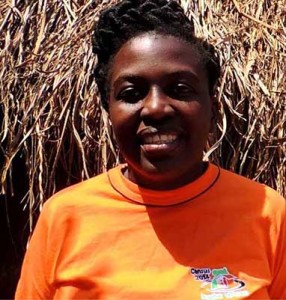 Persis, Supervisor
Persis, Supervisor
“My motto is, ‘I don’t give up’ … when it comes to work I do it with all my heart. I don’t compromise work, I am really mindful of the quality at the end of the day.”
“I really wanted to work on the malaria survey because health is the first and foremost priority… I believe our work is good.”
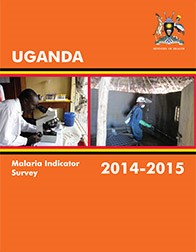 The 2014-15 Uganda Malaria Indicator Survey (UMIS) was released on November 6th, 2015, and is the 2nd UMIS as part of The DHS Program. Fieldwork took place from early December 2014 to late January 2015. There were 17 teams for field data collection; each field team included 1 field supervisor, 3 interviewers (1 of whom was a nurse), 2 health technicians, and 1 driver. A total of 5,345 households were interviewed. The 2014-15 UMIS was implemented by the Uganda Bureau of Statistics (UBOS) and the National Malaria Control Programme (NMCP) of the Uganda Ministry of Health.
The 2014-15 Uganda Malaria Indicator Survey (UMIS) was released on November 6th, 2015, and is the 2nd UMIS as part of The DHS Program. Fieldwork took place from early December 2014 to late January 2015. There were 17 teams for field data collection; each field team included 1 field supervisor, 3 interviewers (1 of whom was a nurse), 2 health technicians, and 1 driver. A total of 5,345 households were interviewed. The 2014-15 UMIS was implemented by the Uganda Bureau of Statistics (UBOS) and the National Malaria Control Programme (NMCP) of the Uganda Ministry of Health.

